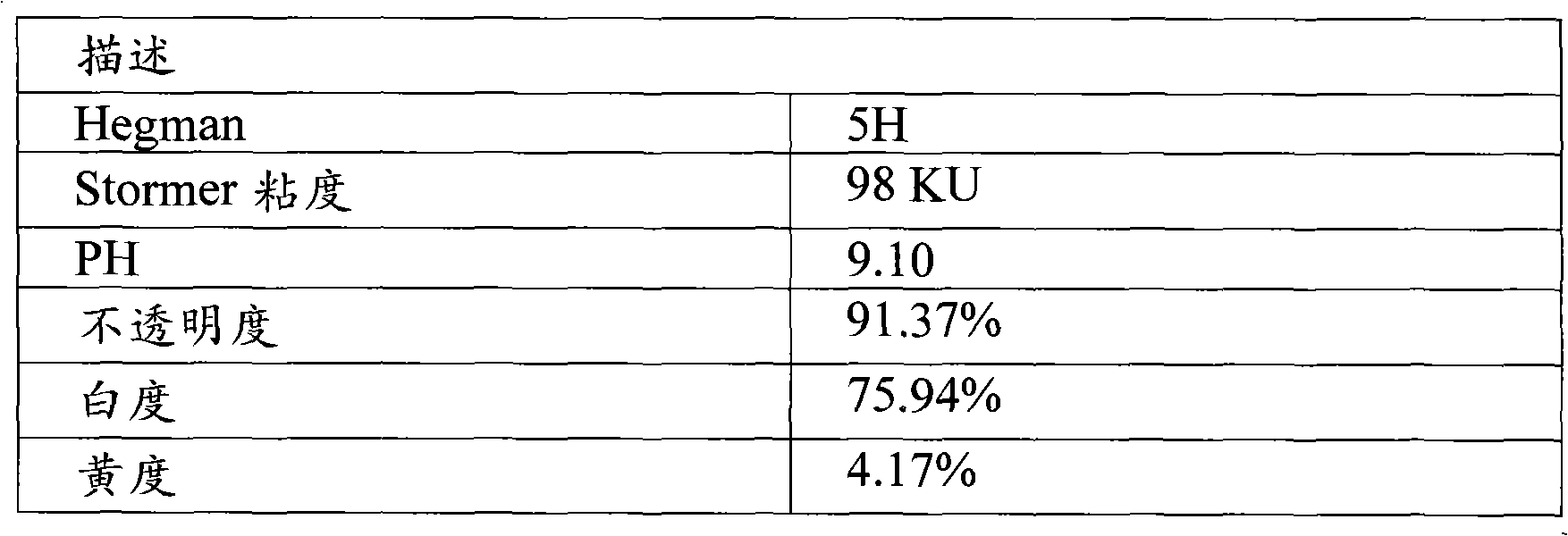Preparation of aluminum phosphate or polyphosphate particles
A technology of aluminum polyphosphate and aluminum phosphate, applied in phosphorus compounds, inorganic chemistry, fibrous fillers, etc., can solve the problems of high cost and so on
- Summary
- Abstract
- Description
- Claims
- Application Information
AI Technical Summary
Method used
Image
Examples
Embodiment 1
[0072] Preparation of aluminum phosphate powder
[0073] 791g phosphoric acid (81.9% by weight of H 3 PO 4 or 59.3 wt% P 2 o 5 ) and 189g of hydrated aluminum hydroxide (85.3% by weight of Al(OH) 3 or 58.1 wt% Al 2 o 3 ) was reacted in 210 g of water at 80° C. for 1 hour (P / Al final molar ratio=2.99) to obtain an acidic aluminum phosphate solution. In the second step, 1155 g of commercially purified sodium aluminate solution (9.7 wt% Al and 11.2 wt% Na, or 18.3 wt% Al 2 o 3 and 15.7 wt% Na 2 O, final Na / Al=1.36) and acidic aluminum phosphate solution were simultaneously added to a stirred vessel filled with 1500 g of water at room temperature.
[0074] The final reaction pH was 7.1 and the temperature during the reaction was maintained at 45°C. The resulting dispersion was centrifuged (30 minutes, 2500rpm—relative centrifugal force: 1822g) to remove the reaction mother liquor to form a filter cake, which was washed once with water (1000g of washing water) to obtain a...
Embodiment 2
[0076] Preparation of Aluminum Phosphate Slurry
[0077] 10.0 g of water was added to a 250 mL beaker. During mixing at 800 RPM (Cowles), add about 1.34 g (1% of non-volatile content) of sodium polyphosphate. After 5 minutes, 150.0 g of aluminum phosphate slurry (30% non-volatiles) was added slowly (25 g / min). After another 5 minutes, the agitation speed was increased to 1800 RPM and 109.0 g of aluminum phosphate powder (80% non-volatiles) were added slowly (10 g / min). After powder addition, the slurry was kept stirring at 1800 RPM for 20 minutes.
Embodiment 3
[0079] Preparation of Aluminum Phosphate Slurry
[0080] 72.0 g of water was added to a 250 mL beaker. During mixing at 800 RPM (Cowles), about 0.96 g (1% of non-volatile content) of sodium polyphosphate was added. After 5 minutes, the agitation speed was increased to 1800 RPM and 122.0 g of aluminum phosphate powder (80% non-volatiles) was added slowly (10 g / min). After powder addition, the slurry was held at 1800 RPM for 20 minutes.
PUM
 Login to View More
Login to View More Abstract
Description
Claims
Application Information
 Login to View More
Login to View More - R&D
- Intellectual Property
- Life Sciences
- Materials
- Tech Scout
- Unparalleled Data Quality
- Higher Quality Content
- 60% Fewer Hallucinations
Browse by: Latest US Patents, China's latest patents, Technical Efficacy Thesaurus, Application Domain, Technology Topic, Popular Technical Reports.
© 2025 PatSnap. All rights reserved.Legal|Privacy policy|Modern Slavery Act Transparency Statement|Sitemap|About US| Contact US: help@patsnap.com

